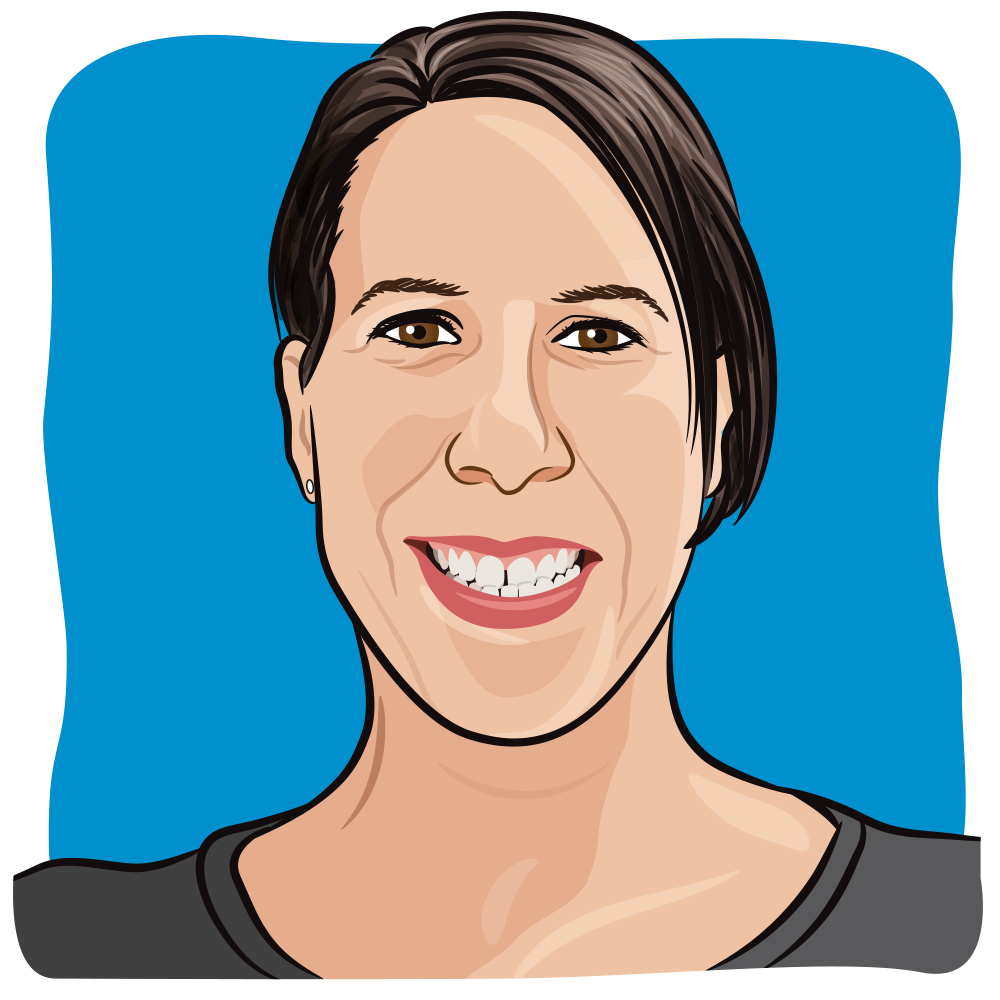The Scanxiety Wait During Cancer is the Hardest Part
The waiting in between scans heightens my scanxiety, even though I've had no evidence of disease for 2 1/2 years.

According to the singer Tom Petty, "the waiting is the hardest part." I couldn’t agree more.
When you’ve faced cancer and you’re waiting for your next appointment, infusion, CT scan, MRI, blood draw or test results, there’s nothing truer: the waiting can be absolutely excruciating.
I’ve been fortunate enough to be NED (No Evidence of Disease) for 2 1/2 years now and my cadence of CT scans has moved from every three months to six months. This timeframe really allows me the gift “to live” in between scans. When I get an all-clear, I am simply elated. It gives me permission to feel nothing but joy.
As the months tick by, and that six-month appointment for the next scan gets closer, my scanxiety starts to get the best of me. There are many reasons why I’m scared; fear that neuroendocrine cancer could be invading my body again. Fear of more surgeries and/or having to endure more chemotherapy. Fear of what a new cancer diagnosis could have on my quality of life. Fear of the impact a cancer diagnosis would have on my family (again).
The weeks of waiting before my CT scan are really stressful— not just for me, but for anyone who crosses my path. So when my oncologist’s office called me the day before my last scan to let me know the doctor was no longer able to see me and I’d have to see a nurse instead, I was beside myself.
I felt really dismissed. All the buildup of stress as I waited for my appointment day to arrive, now followed by a feeling of not being important enough for my oncologist to make the time to see me. My husband tried to talk me off my ledge. He told me that my oncologist’s inability to see me “wasn’t personal.” But what I know is different than what he knows; when you’re a patient, EVERYTHING is personal.
The next day as I drove to the hospital for my appointments, the office called me again. The scheduling nurse let my oncologist know I was upset and offered to have me meet with the oncologist instead of the nurse. The only caveat was that I may have to wait because she was likely going to be late for my appointment.
I really hate waiting. So I said I would simply meet with the nurse at the scheduled time. But I wound up waiting anyway – and my Oncologist showed up in place of the nurse.
She immediately apologized to me for all of the confusion and told me why she had to make the changes to her schedule. I was able to give her some insight into why I was so upset. I let her know about the stressful build-up that happens about a week before my appointment, the distress I face on the day of the appointment and then the panic I feel waiting for the results.
I was so grateful to be able to have a candid conversation with her. The best thing about that discussion was a mutual understanding of our respective points of view. She was able to help me understand what her days look like and why she sometimes needs to make scheduling changes. I was able to express the emotional turmoil I go through as I prepare and wait for my results. We both got something out of this courageous conversation. And I think we both left the room with a strong respect and understanding for each other.
SoI’ll continue working on how I become a better “waiter.” And maybe someday the waiting won’t be so hard.
For more news on cancer updates, research and education, don’t forget to subscribe to CURE®’s newsletters here.
Welireg Made a von Hippel-Lindau Survivor Feel Like a 'Medical Miracle'
December 15th 2022When Sean Korbitz was a 20-year-old college student, his life trajectory changed with a rare cancer diagnosis, resulting in the removal of 40 tumors; fifteen years later, a new drug made him feel like a “medical miracle.”
Listen